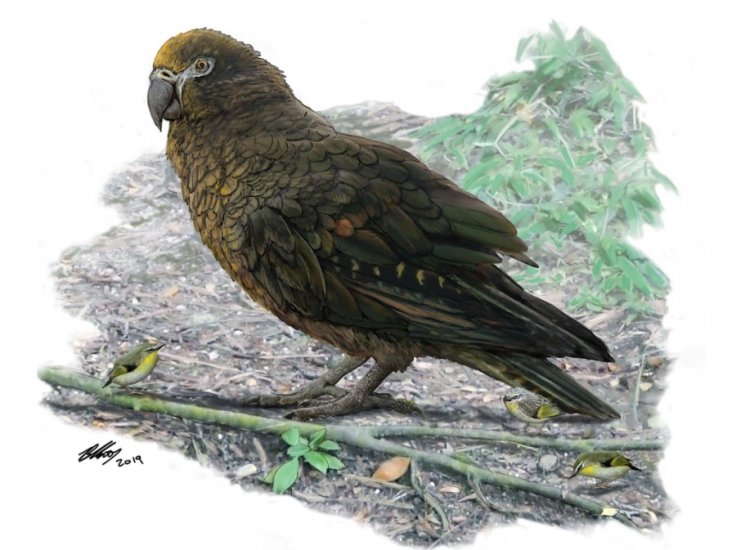
Kakapo, an endangered parrot species found in New Zealand is considered the gigantic parrot that ever lived on the earth. However, a new study has suggested that a parrot species named 'Heracles inexpectatus' had lived in the pre-historic ages and it weighed an estimated 15 pounds, double the weight of the Kakapo.
Experts reveal that Heracles inexpecatus is the largest parrot discovered on earth so far, and it might have even preyed on other birds for food. Interestingly, this parrot species was also discovered in New Zealand and initial analysis suggests that the bird might be almost three feet tall.
Even though the bird bones were discovered almost a decade back, it was a few days back that scientists concluded its actual origin. During the study, scientists approximated the size of the bird based on the length of its thigh bones.
"It was completely unexpected and quite novel. Once I had convinced myself it was a parrot, then I obviously had to convince the world. Paleontology is all about serendipity. You just never know, and that's what's exciting about the game," Trevor Worthy, a paleontologist at the Flinders University and the lead author of the study told the National Geographic.
The research report published in the journal Biology Letters suggested that this mammoth bird might have roamed across the earth during the Early Miocene period, which spanned from about 23 million to 16 million years ago. The report also added that this big bird was not capable of flying, and it used to feed upon anything that was in its reach.
A few weeks back, paleontologists in China had discovered a tiny dinosaur that just weighed 300 grams. After the discovery, researchers revealed that this tiny creature had bat-like wings, and it might have flown across the skies during the Jurassic era.








